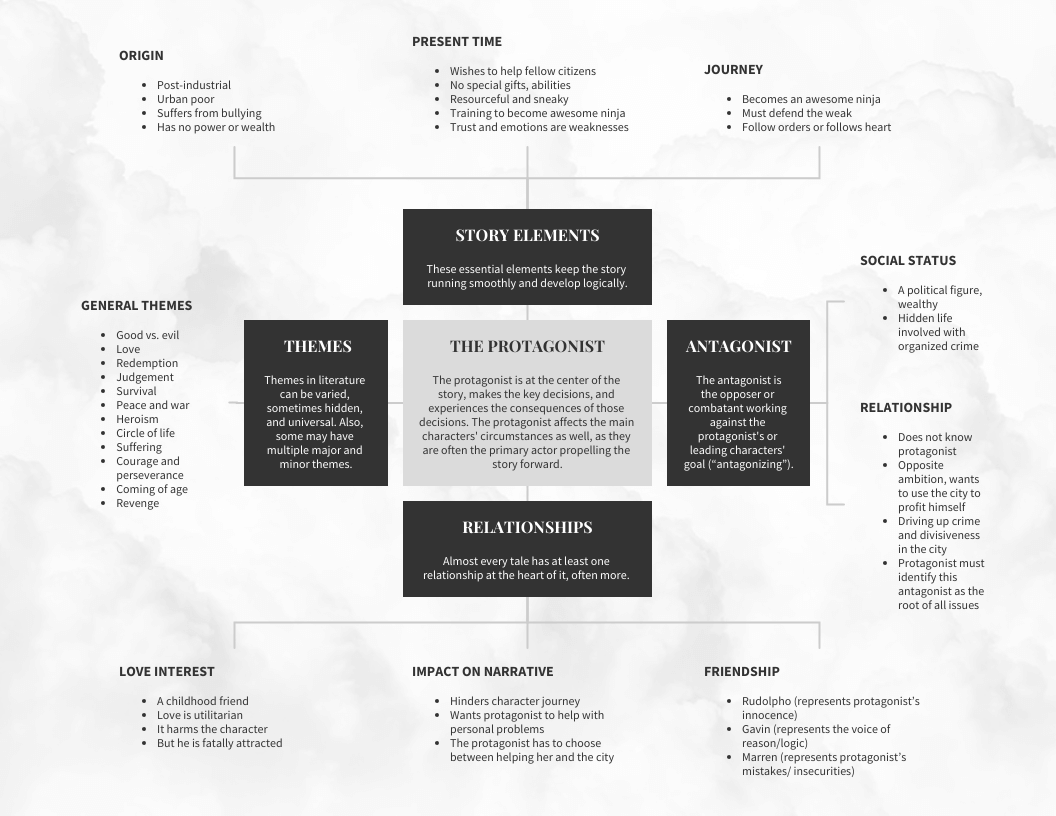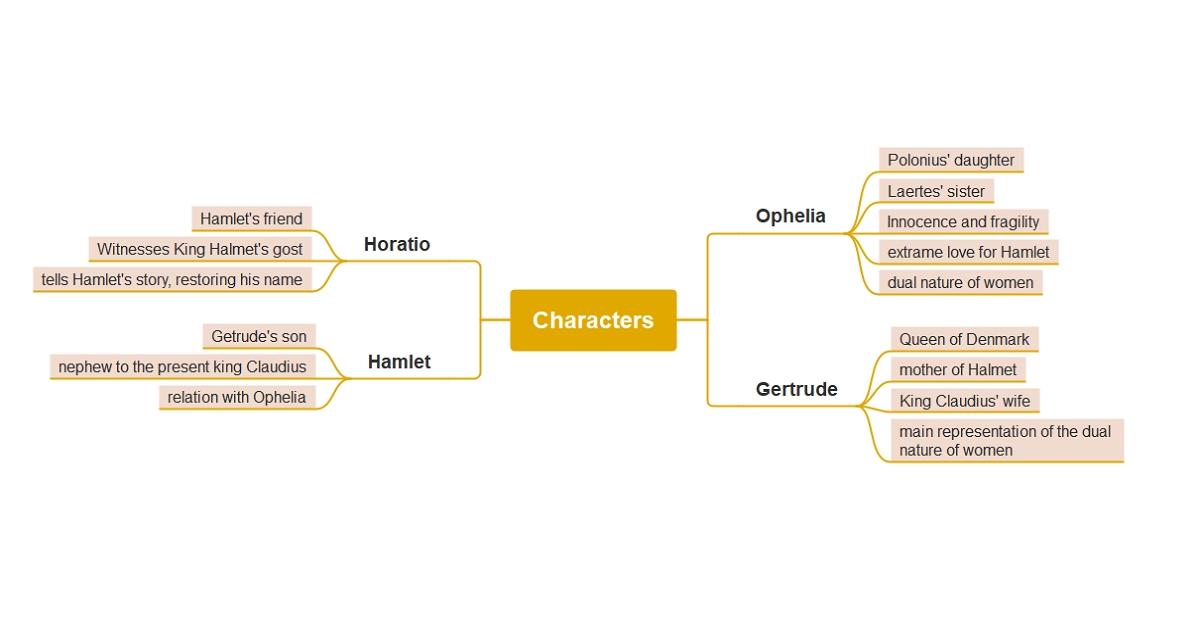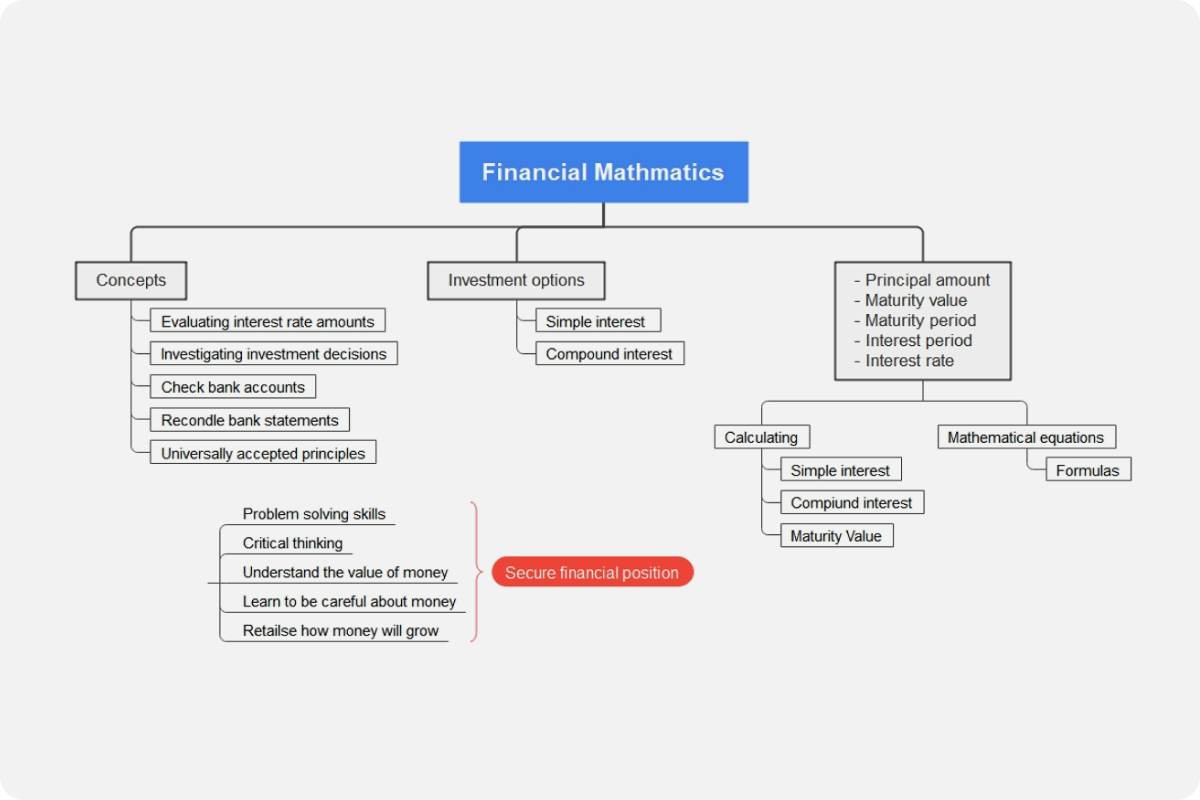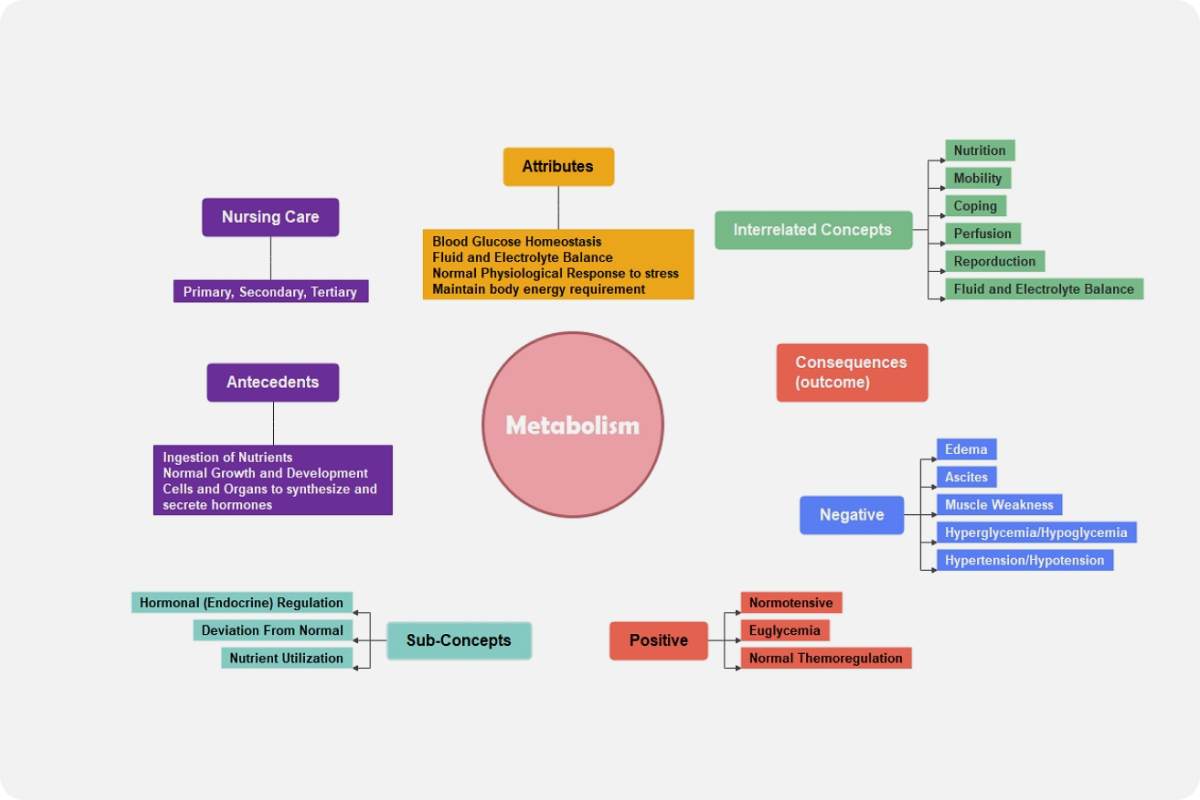Character development is vital in many literary works, particularly novels. The action and conflict in a tale are driven by the characters; they provide a cause for the story to exist. Character mapping may be as basic as having students fill in charts that monitor key elements of characters, or as sophisticated as recording traits that classify them as an icon. Three paragraph notes: distinct storyboards that capture a character's sentiments, behaviours, and crucial conversation in three different portions of the novel are another wonderful usage for a sketch in character study.
What is character concept map?
Character concept map is a visual organizer that assists students to understand a character and how the location can impact other characters, and the storyline affects the characters. It is employed both during and after the reading of the material. Students' understanding is aided by this method, which provides a framework for finding and arranging character elements.
Character mapping is beneficial for students since characters are important in virtually every tale and are vital to the plot. A character map's most significant function is to help pupils arrange their personalities, attributes, and motives. Students lose track of the story when they misread characters, and they frequently make important reading errors.
Why use a character concept map?
What exactly is mind mapping, and how can it assist you in structuring your novel? Character mind mapping is a useful tool for organizing and organizing daily activities, as well as the thoughts and ideas that constantly pass through our heads.
A character map is a visual representation of thoughts and concepts. It is a visual tool that assists you in organizing all of your information and in understanding, synthesizing, storing, and developing new concepts. We may declare out loud that the usefulness of mind mapping resides in its practicality, given that 90 percent of information delivered to the brain is visual.
Writing a book is a creative procedure that involves coming up with a brilliant concept and then letting your imagination run wild. It gets harder to manage the novel's object once you've planned your narrative and formed your characters. No one wants to forget anything that may later become essential to their tale, whether or not it is crucial to the storyline.
Character concept map examples
Example 1
With this template, you may make a simple character concept map and more. In addition to the text, you can quickly change the background design, bold headers, and subtle colour palette. You may begin by describing your character, including their beliefs, personalities, and roles, as well as anything else that will help your character stand out. This will give you a leg up on your story and the level of performance you want your characters to achieve.

Source: amazonaws.com
Example 2
A character concept map not only shows the characteristics of every character of the story but it also provides an understanding of what relationship will they be in. Through character mind mapping, it will be easy to visually see the relationship between the characters. It's a good way to start and it might also give you an idea of how to write certain characters with ease. Rather than coming up with characters on a whim, and the characters do not hold any meaning.









